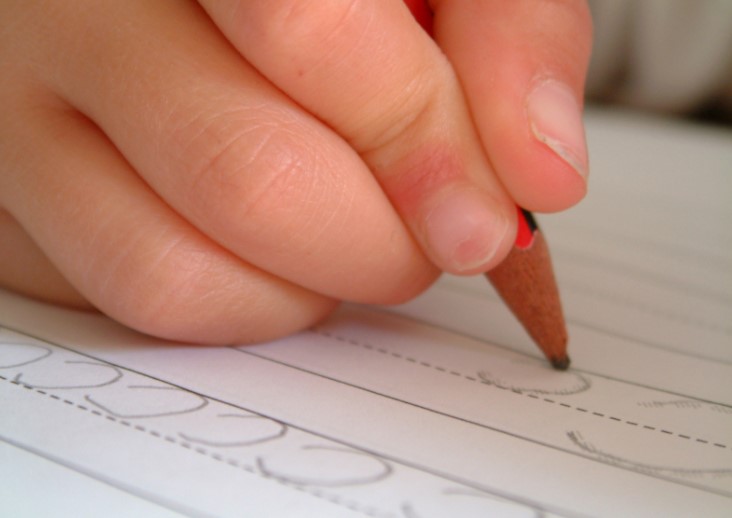Five Effective Ways To Teach Writing Skills To Students
Writing is a skill that requires several kinds of knowledge to work together, which makes it hard to study. There is also a growing understanding of the discipline or genre-specific nature. It’s not about teaching a single skill, like “writing,” but teaching multiple writing methods in various fields of study.
Writing in any genre is not a skill that can be learned and used anywhere. It needs knowledge of context, content, and the process of writing itself.
Felicity Stone Toronto is a professional writer and a journalist whose work has been featured in leading publications like Today’s Parent and National Post. So, feel free to take her advice.
Here are some strategies to get students to write well even though their class isn’t exciting.
1. Demonstration of Writing
Cooking shows are popular because it’s easy to see how a cook puts together a recipe and then does the same. Writing demonstrations are also the same. The best way of demonstration is to write in front of your students and think about what you’re doing while you’re doing it. Thinking aloud is a research-based teaching strategy. You are the best writer in the room, and you want your students to start thinking as you do.
Felicity Stone Toronto has been writing for over 25 years and has recently completed a non-fiction book, “Maggie Mom Me: A South African Memoir.” Thus, you can learn a great deal about writing from her.
Some writing skills you might show off are:
- Coming up with ideas for things to write about.
- Making a plan for how to write.
- Reading and correcting writing.
- Look for places where you can add more exciting words.
- Making a final copy that includes editing and changes.
2. Explicit Strategy Instruction
One of the most robust findings in the literature is that students learn better when transparently taught strategies. This range of writing strategies includes creativity, drafting, and monitoring strategies. Teachers should show each method and help students use each form on their own over time.
In some cases, they might initially show a pre-writing activity like brainstorming. The teacher can explain the strategy and why writers use it and establish how it works for the students.
3. Feedback Drives Achievement
Feedback is an essential part of almost any process writing or self-regulation method. Feedback is best when writing longer pieces of paper and linked to a set of learning goals. People who want to improve must be excited about using feedback, and they must also know how to use feedback effectively.
4. Peer Conferencing
Many students find it very motivating to work with a friend or a group of people. Because peer writing conferencing can get out of hand quickly, it’s essential to be very careful about organizing it.
Use the “Love and a Wish” system to set up a meeting with your peers. The students read each other’s work, and they learn from each other. Then they talk about what they liked and what they wished. When their partner talked about how their birthday cake tasted, for example, they might have been happy. They might also have expected more information on what games were played at the party.
5. Use the Rubric
There’s no point in making kids guess what they’re aiming for with their writing. Research shows that when students have a standard against which to judge their paper, they internalize that standard and use it when they write new pieces.


